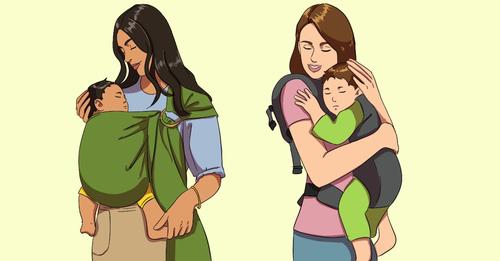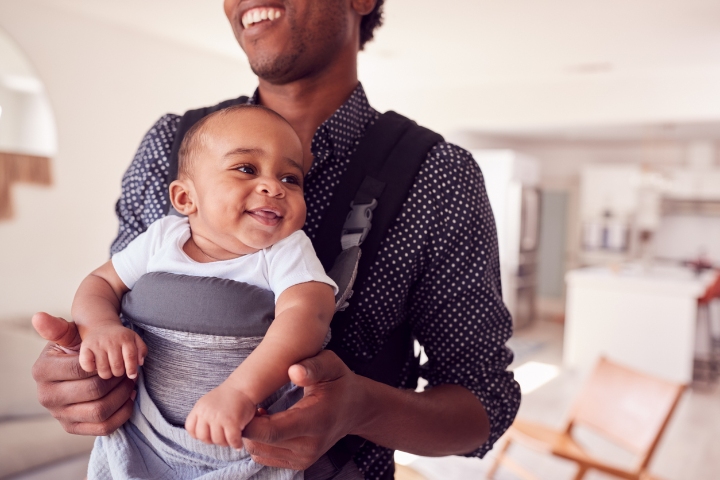
If you’re a parent to a tiny little one, then you know by now how much they hate it when you put them down to get tasks done. Babies like being held in the arms of their parents and staying as close to them as possible at all times. It brings them comfort and helps them feel safe. And although we’re sure you wouldn’t mind coddling your baby all day long, this simply isn’t realistic. Especially when there’s a whole list of chores that require your hands to be free. But now, with the invention of the baby carrier, you can do both! There are multiple benefits of using a baby carrier that range from supporting a baby’s body posture to ensuring their comfort, consequently reducing their crying. Furthermore, it strengthens the bond between the baby and their caregivers. A baby carrier is a life-saver that offers emotional, physical, and cognitive ease to both the baby and the wearer. However, before you jump right into the world of babywearing, here are a few things that you should know about using baby carriers.
1. You May Start Using Baby Carriers Immediately
Good news for parents of newborns. Your baby is never too little for a baby carrier. In fact, you can start using it from the day of delivery and it’s going to be completely all right as long as your baby weighs a little over seven pounds. This is wonderful to ease into skin-to-skin contact right off the bat. And besides, babies love to be as close to their parents at all times anyway. Just make sure that you get the appropriate carrier that aligns with your baby’s weight. In some cases, you’ll need to use an infant insert until they reach a certain weight.
2. Research Different Types Of Baby Carriers
There are several kinds of baby carriers available in the market, so you are bound to find something that you find suitable for your baby! The most popular ones are wraps, buckles, slings, and Mei Tai baby carriers. Now we know this all sounds complex but it really is not. Research the various types online and make sure to check the safety reviews. You could always ask family, friends, and acquaintances about the kind of carriers they use or prefer for a better idea. We’re sure that you enquiring about carriers in your friend group might even prompt one of them to lend you one if their baby no longer has need of it! Lastly, it is always best to visit a store and personally check out the carriers and assess their suitability before making your purchase.
3. Understand The Different Positions For Baby Carrying
Contrary to popular belief there is more than one way to carry your baby in a baby carrier. And the different positions in which you must carry them greatly depend on their age, weight and development stage.
- Front Inward Facing – This is the position you want to carry your newborn in and continue to do so until they’ve reached at least 4 months of age. Your baby needs to be able to completely rely on you for support and lean on your body. They can’t support their head just yet so the front inward-facing position is perfect.
- Front Onward Facing – This position is most suitable for babies between 4 to 6 months of age. You can finally use this position as your baby’s neck is strong enough so they can hold their head up.
- Hip Carry – This position can be used if you have a baby who is 6 months old and above. This is when your baby starts to get wiggly and cannot decide whether to stay in or out of the carrier and it can be exhausting to comply when wearing them in the previous two positions. The best way to satisfy your baby’s curiosity while still keeping them on you is to carry them on the hip. This way your baby is free to explore while still being safe.
- Back Carry – This is also suitable for babies who are 6 months old and above. If your baby is getting a little too heavy to carry on either side of the hip then simply carry them on your back!
Baby carriers are indeed a blessing. They allow parents to stay close to their baby and bond with them while still getting tasks done and that’s exactly what modern parents need. So pick up a baby carrier and enjoy spending time with your baby all day long, minus the aching arms.


